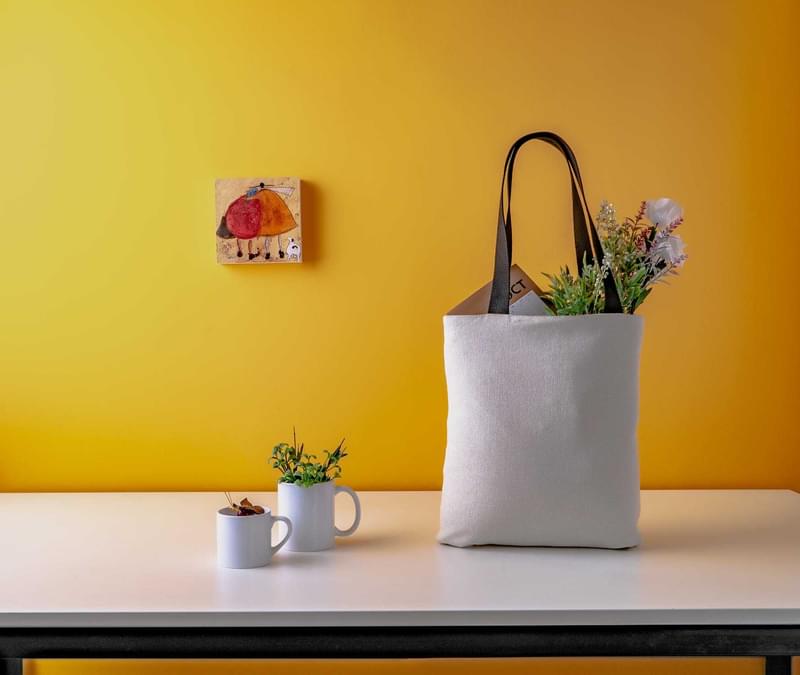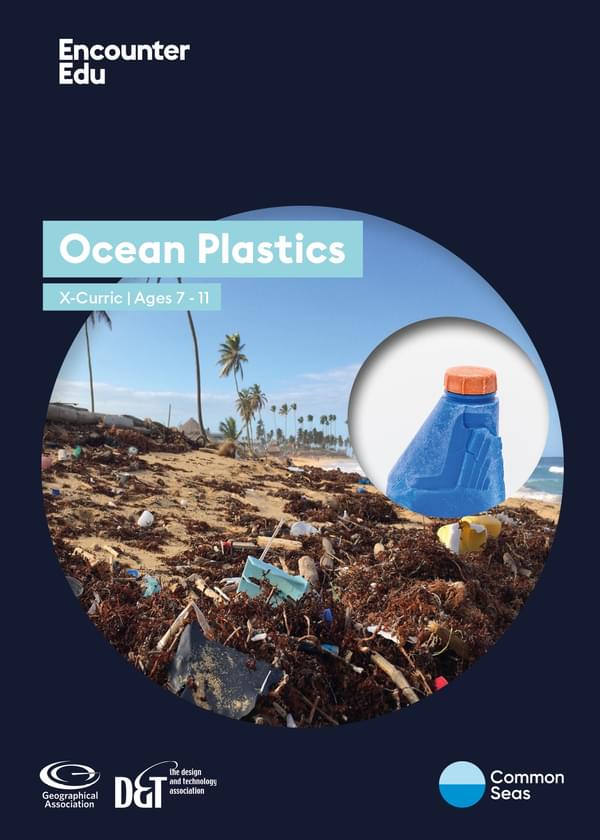What are the alternatives to plastics?
Why should we care?
Plastic is used in the manufacturing of many day-to-day products from crisp packets to teabags. Since the production of the first synthetic plastic in the early 1900s, several types of plastics have been created. The popularity of the material is no surprise, as it is durable, easily molded, unreactive, and cheap.
Single-use plastic items are products designed to be used just once. It may only take you two minutes to eat a packet of crisps and dust off the crumbs but the plastic packaging you purchased them in may take 80 years or more to break down. Plastic can take hundreds of years to degrade, depending on the type of plastic and environmental conditions they are exposed to.
With an increasing population, more and more people will use single-use plastic items contributing to a growing mountain of plastic waste. With efficient waste management systems, this is not an issue. However, mismanagement can result in mass marine pollution, damaging the environment and harming organisms that inhabit it.
So how can we stop the ever-growing mountain of plastic rubbish and the associated problems? The simple answer is to ditch the (single-use) plastic and find an alternative.
One of the best ways of ditching single-use plastic is to find a reusable alternative.

Keeping hydrated is important, but it doesn’t need to be at the cost of the environment. Refusing to buy a drink in a single-use bottle is an easy win. Instead, use a reusable bottle made of metal or glass. |

Plastic bags often seem like an easy solution to carrying lots of items. However, there are drawbacks. Although plastic bags are often made from PET which is recyclable, they often get stuck in the machinery at recycling plants making them a recycling engineers’ worst nightmare. Instead, be prepared by always carrying a rucksack or spare cotton tote bag.
Innovative alternatives
Plastics are a string of the same type of molecule that chemically joins to form a long chain. The long-chain, called a polymer, has great properties that we often associate with plastic. Typically, the building blocks for plastic have come from oil. However, the industry is continuing to innovate new alternatives to oil-based plastics.
Bioplastics are made from long molecules derived from living things, hence the bio (Greek for life). Some people believe bioplastics are a good alternative, just like all plants and animals they can decompose quickly compared to conventional plastics which persist for a long time.
The industry has already started to introduce bioplastic alternatives to consumers. For example, several UK supermarkets have moved to bioplastic shopping bags made from a polymer derived from plants.
Unintended consequences
Although current plastic use is unsustainable, there are unintended consequences with moving to non-plastic items.
Every material requires energy to turn raw materials into a product. The energy to do this often comes from burning fossil fuels that emit carbon dioxide into the atmosphere. The more energy required, the more carbon dioxide is emitted. For example, cotton bags require much more energy to manufacture compared to a single-use plastic bag. Therefore, more carbon dioxide is emitted during production.
For this reason, it is important to ensure that when moving to a plastic-free alternative, which has a higher carbon footprint compared to plastic, that the item is reused an appropriate amount of time. Cotton bags must be used more than 173 times to be safer for the environment than a plastic bag.
